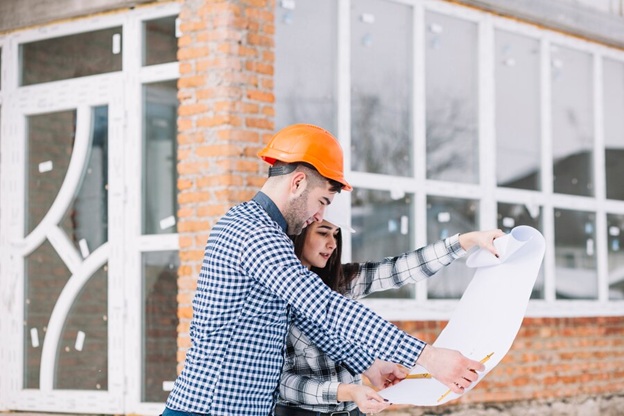Building a custom home is a significant undertaking, one that requires meticulous planning and expertise to ensure both aesthetic appeal and structural integrity. In regions prone to seismic activity, such as earthquake-prone zones, the importance of seismic safety cannot be overstated. Selecting a custom house builder who not only understands your design preferences but also prioritizes seismic retrofitting and safety measures is crucial for peace of mind and long-term durability.
Understanding Seismic Retrofitting
Seismic retrofitting involves modifying existing structures to make them more resistant to seismic activity, such as earthquakes. This process may include strengthening the foundation, adding reinforcement to walls, or incorporating flexible building materials that can absorb and dissipate seismic energy. In custom home construction, proactive seismic retrofitting not only enhances safety but also protects your investment by minimizing potential damage during earthquakes.
Importance of Choosing the Right Builder
Choosing a custom house builder who specializes in seismic safety entails more than just evaluating their portfolio of past projects. It involves assessing their knowledge of local building codes related to seismic design, their approach to incorporating seismic retrofitting techniques, and their commitment to using high-quality materials that meet or exceed safety standards.
Evaluating Builder Expertise
When selecting a custom house builder with expertise in seismic safety, consider the following factors:
1. Local Knowledge and Experience
A reputable builder should have extensive experience in constructing homes in seismic zones. They should be familiar with the specific geological and structural challenges posed by your region and be adept at implementing seismic retrofitting solutions tailored to local conditions.
2. Emphasis on Structural Integrity
Prioritize builders who prioritize structural integrity in their designs. This includes using advanced engineering techniques and materials that enhance the home’s ability to withstand seismic forces without compromising architectural aesthetics.
3. Commitment to Safety Standards
Verify that the builder adheres to local and national safety standards for seismic design and retrofitting. They should be able to provide documentation and certifications demonstrating their compliance with these regulations.
Designing for Seismic Safety
In custom home construction, integrating seismic safety measures into the design phase is essential. A skilled builder will work closely with structural engineers to develop a customized plan that addresses seismic risks without compromising the design vision. This collaborative approach ensures that the structural enhancements blend seamlessly with the overall architectural style, creating a home that is both beautiful and resilient.
Materials and Techniques
The choice of materials plays a pivotal role in enhancing seismic resilience. Builders experienced in seismic retrofitting often utilize reinforced concrete, steel frames, and advanced composite materials that offer superior strength and flexibility. These materials not only mitigate structural vulnerabilities but also contribute to the longevity and durability of the home.
Choosing Your Builder Wisely
Selecting a custom house builder with expertise in seismic safety is a decision that warrants thorough research and consideration. Seek recommendations from local architects, consult past clients to gauge satisfaction, and request site visits to assess firsthand the quality of craftsmanship. A transparent builder will welcome inquiries about their seismic retrofitting practices and provide detailed explanations of their construction methods.

